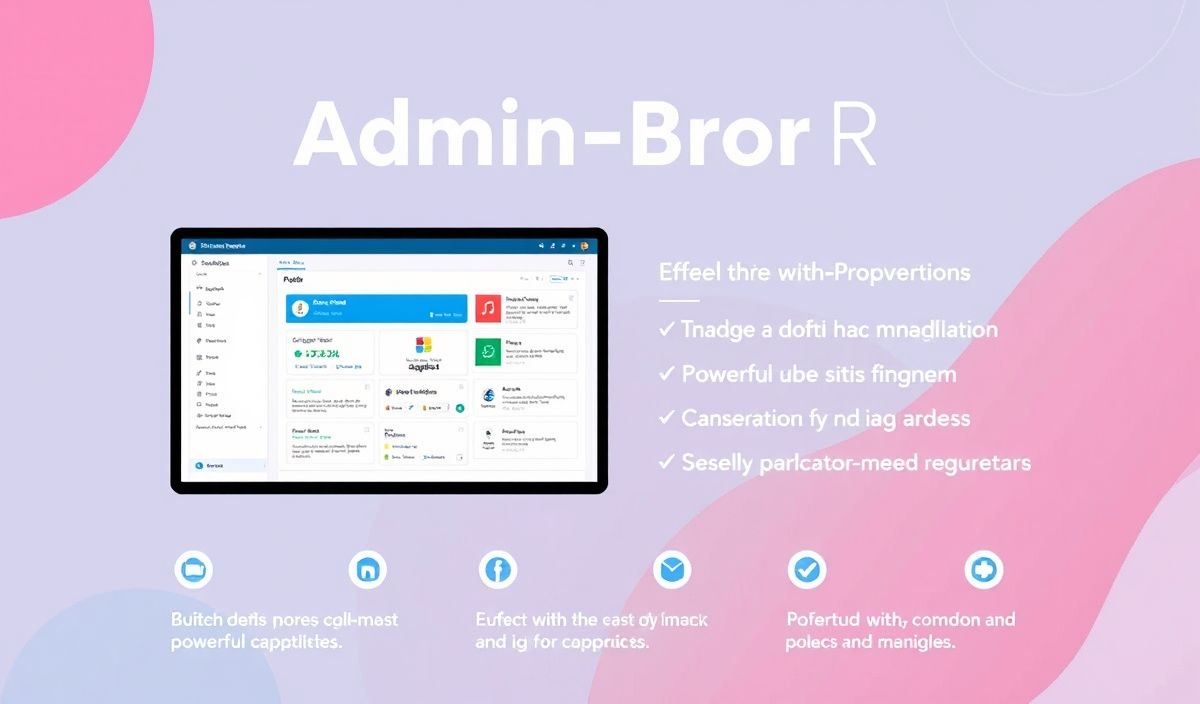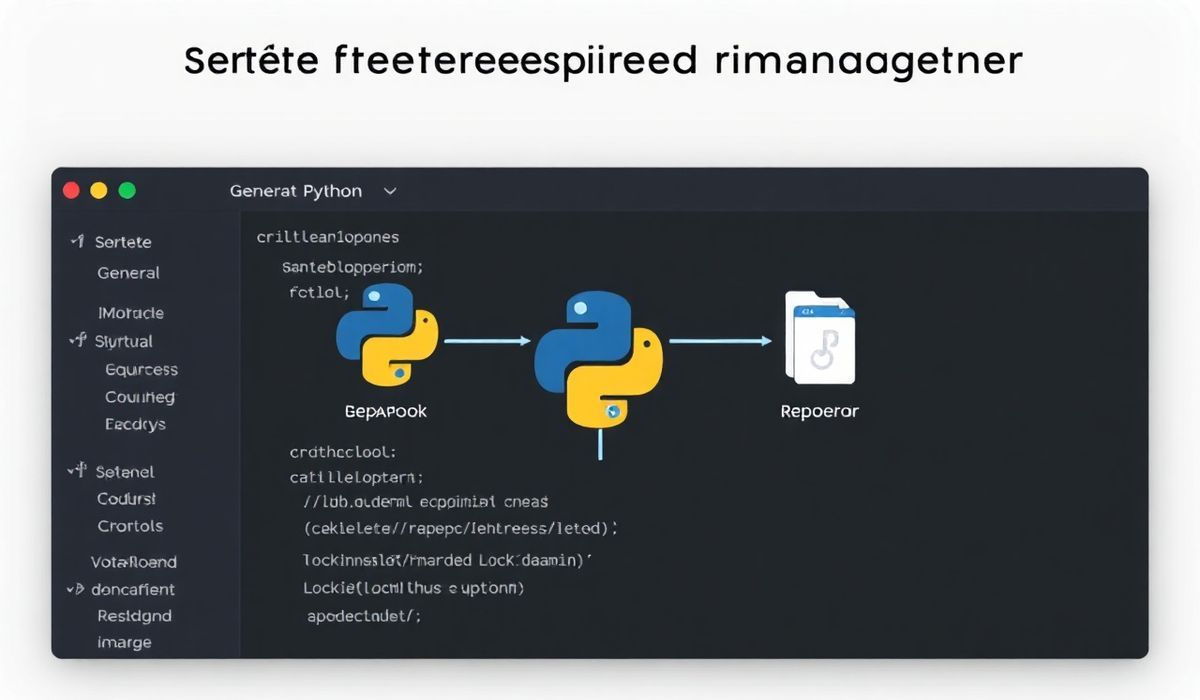Introduction to webpack-dev-server
Webpack-dev-server is an essential development tool that serves a webpack app and provides live reloading capabilities. This allows developers to see their changes in real-time without the need to manually refresh the page.
Installation
To install webpack-dev-server, use the following command:
npm install --save-dev webpack-dev-server
Basic Configuration
Configure webpack-dev-server in the webpack.config.js:
const path = require('path');
module.exports = {
entry: './src/index.js',
output: {
filename: 'bundle.js',
path: path.resolve(__dirname, 'dist'),
},
devServer: {
contentBase: path.join(__dirname, 'dist'),
compress: true,
port: 9000,
},
};
APIs and Options
Webpack-dev-server comes with numerous configuration options that provide extensive control:
contentBase
Specifies the directory from which to serve static files:
devServer: {
contentBase: path.join(__dirname, 'public'),
},
compress
Enable gzip compression for everything served:
devServer: {
compress: true,
},
port
Specify the port number for the server:
devServer: {
port: 8080,
},
hot
Enable Hot Module Replacement (HMR):
devServer: {
hot: true,
},
open
Automatically opens the browser when the server starts:
devServer: {
open: true,
},
proxy
Proxying URLs to external services:
devServer: {
proxy: {
'/api': 'http://localhost:3000',
},
},
historyApiFallback
Fallback to a specified page in Single Page Applications (SPAs):
devServer: {
historyApiFallback: true,
},
App Example
Here’s a simple app example utilizing the configurations:
// webpack.config.js
const path = require('path');
module.exports = {
entry: './src/index.js',
output: {
filename: 'bundle.js',
path: path.resolve(__dirname, 'dist'),
},
devServer: {
contentBase: path.join(__dirname, 'dist'),
compress: true,
port: 9000,
hot: true,
open: true,
proxy: {
'/api': 'http://localhost:3000',
},
historyApiFallback: true,
},
};
// src/index.js
import './style.css';
import printMe from './print.js';
function component() {
const element = document.createElement('div');
const btn = document.createElement('button');
element.innerHTML = 'Hello webpack';
btn.innerHTML = 'Click me and check the console!';
btn.onclick = printMe;
element.appendChild(btn);
return element;
}
document.body.appendChild(component());
// src/print.js
export default function printMe() {
console.log('Button clicked!');
}
// src/style.css
body {
background: #e0f7fa;
color: #00695c;
}
With this setup, you can quickly develop and see your changes instantly with webpack-dev-server’s live reloading and HMR features.
For more information, refer to the official webpack documentation.
Hash: 85356624c1363ebb9b258e300ab8b72a266441fbbf1930ba84c37b570bbed573




